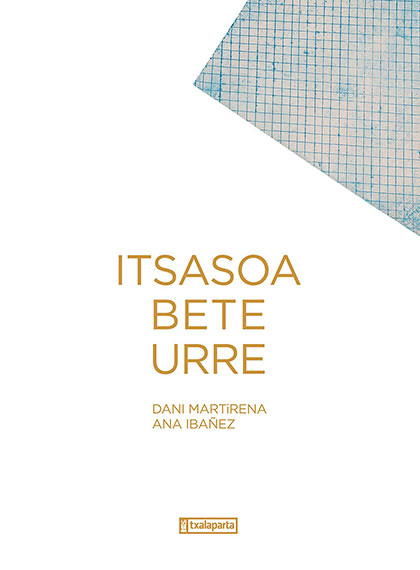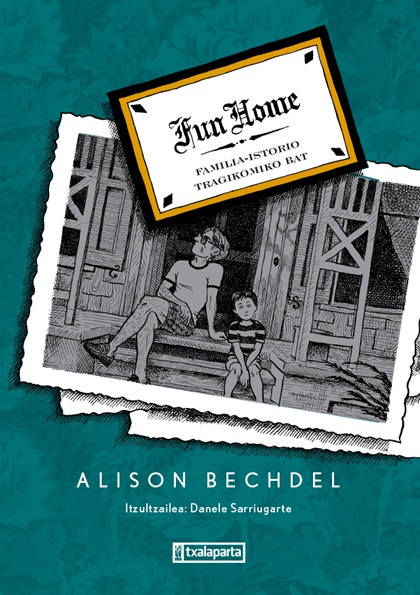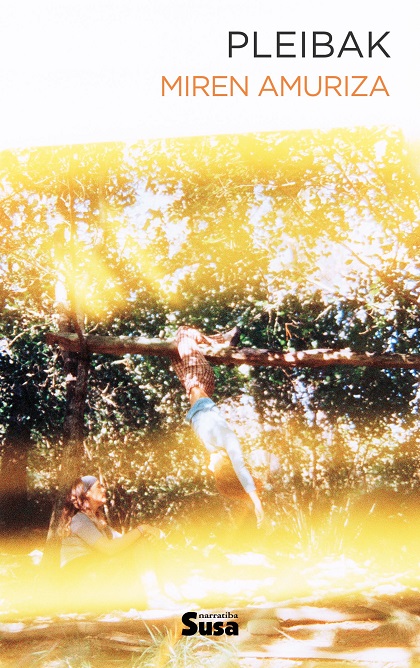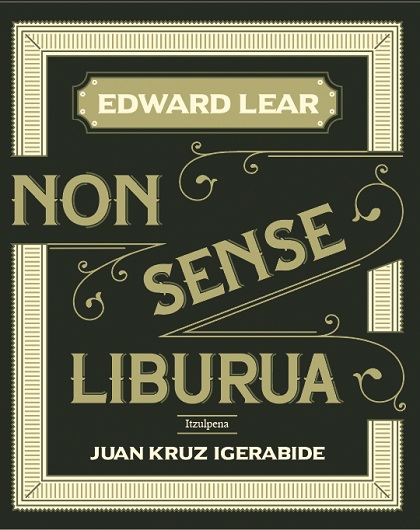Claiming the dignity of witches
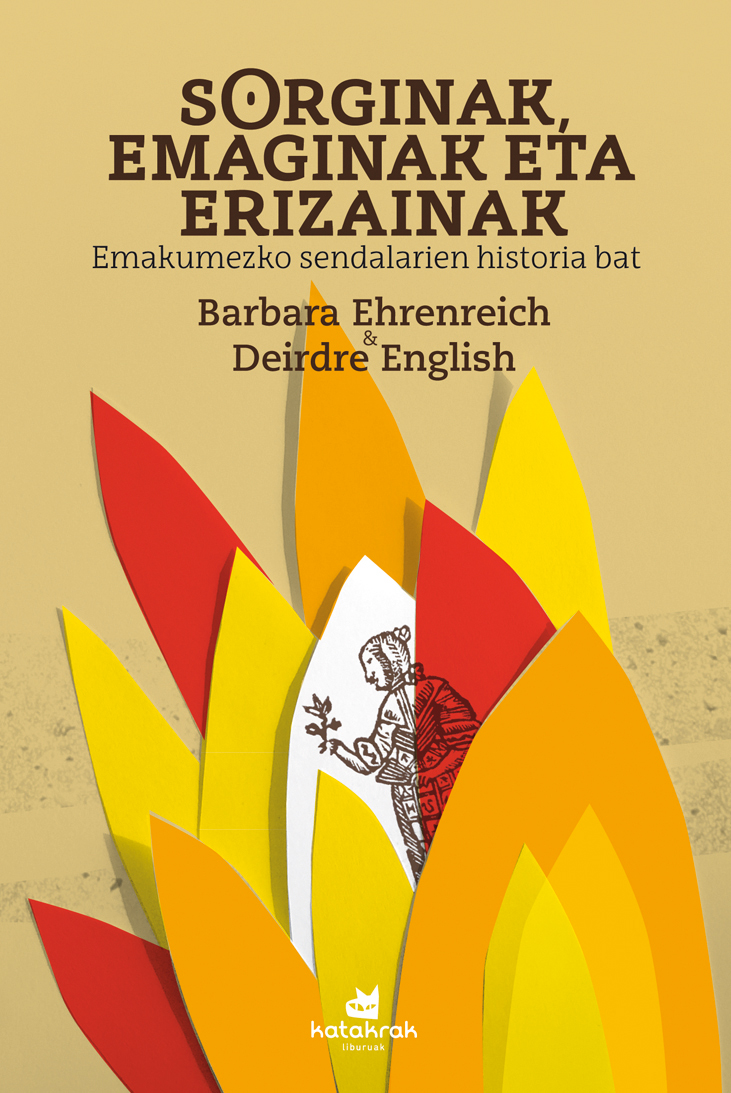
For a matter of work, I had to reread this wonderful book. A short book that brings together feminist theory, genealogy and history, and that will surely have a lot of criticism looking on the net and, surprise! I found one, which Irati Majuelo wrote in Berria.El book published by Katakrak consists of two main parts: the editorial note, the preamble of
Silvia Federici and an entry to each publication by the authors. In the foreword that Federici makes for the Basque edition, he highlights the importance of this book to write Caliban eta sorgina (Elkar, 2017). The authors of the book refer to a series of courses that have been launched by feminist women in Boston, as well as the revolutionary book Our Bodies, Ourselves (1970).
In the second part, Ehrenreich and English called a document, as the essay we are going to read is between 60 and 70 pages. The subtitle of the book gives us many clues: A story of female healers. In fact, the book that was first published in 1971 wanted to question the account of the witches that had been built up until then, far from ancient and demonic stigmas. To do this, three subsections are divided and finally the conclusiones.Una of the main theses of the first subsection
are retained. The witches, who wanted to demonstrate that they were midwives, healers, nurses, and that we could call genocide to establish the medicine we know today, express it, for example: "Witch hunts were well organised for the implementation, financing and conduct of campaigns by the churches and states" 45.or. With American authors, the second part analyzes how this process developed in the United States and delves into the figures of midwives and
enfermeras.Los authors write the document or essay with straight and clear phrases. The reflection is nourished by excerpts of documents and images from the time of witches, showing what was counted, what is our imaginary about it, etc. The book is a treasure, an essential text that marks a milestone in history. Once read, the reading we have about the current situation is a powerful text that can cambiar.Una of the biggest losses we have experienced as a collective is the interruption
of knowledge of witches, and the text denounces it. It claims the dignity of witches, their place and the return of the story.
Itsasoa bete urre
Dani Martirena
Irudiak: Ana Ibañez
Txalaparta, 2022
--------------------------------------------
Liburu honetara barneratzen den irakurleak sentsazio ugari izango ditu. Deigarria da azaleko letren urre kolorea eta zuritasuna, goialdean ageri den... [+]
Migranteak
Issa watanabe
1545 argitaletxea, 2024
-------------------------------------------
Ezagutzen ez nuen 1545 argitaletxeak 2024an itzuli eta kaleratu du Issa Watanaberen Migranteak liburua. Animalia talde batek egiten duen migrazio prozesua kontatzen du; eta... [+]
Adania
Shibli
Translation: Aitor Blanco Leoz
Igela, 2024
----------------------------------------------
During these days, an Israeli soldier is bombarding hospitals, schools, Palestinian refugee camps with drones as if it were a video game, while in the West we see on... [+]
Fun Home. A tragic family
history Alison Bechdel
Txalaparta, 2024
---------------------------------------------
Fun Home. Alison Bechdel is known for the first publication of the graphic novel A Tragic Family Story (2006), although he himself participated in several... [+]
PLEIBAK
Miren Amuriza Plaza
Susa, 2024
--------------------------------------------------
Susa has published Miren Amuriza's second novel in the atrium of the Durango Fair: Plead. It's plebiscites because you're singing about an earlier recording. Berria includes the... [+]
Book Non sense
Edward Lear
Translation: Juan Kruz Igerabide
Denonartean, 2024
----------------------------------------------
The writer and illustrator Edward Lear published this work in 1846. As Igerabide says in the prologue of the book, “nonsense humor, absurd... [+]
Hetero
Uxue Alberdi
Susa, 2024
----------------------------------------------------
In the era of negationism, the manosphere and trolls, the contribution of literature is essential, because it is an exceptional instrument to look at the folds of reality: the situations... [+]
Guardasola wants rain
Patxi Zubizarreta
Illustrations: Irrimarra
Ibaizabal, 2024
---------------------------------------------
30 years ago Patxi Zubizarreta published the book Marigoringoak hegan; J. M. Illustrated by Lavarello and by the hand of the Catalan publisher... [+]
Eyes on the horizon
Writer: Illustrator Miren Agur
Meabe: Ane Pikaza
Elkar, 2020
-------------------------------------------------------
Miren Agur Meabe has published several texts and books. He's worked with all the literary genres: children's and youth literature,... [+]
Barrengaizto
Beatrice Salvioni (Translation:
deceit Fernando Rey)
Txalaparta, 2024
------------------------------------------------
Fernando Rey has chosen the title of Barrizto to translate La malnata de Beatrice Salvioni. King says he has tried to be the voice of the... [+]
PELLOKERIAK
Ruben Ruiz
Illustrations: Joseba Beramendi, exprai.
Elkar, 2022
-----------------------------------------------
Rubén Ruiz offers a new work of short stories. They are not micronarratives, because the stories, although they can be read independently, have a... [+]
Memet
Noemie Marsily and Isabella
Cieli For Centos, 2022
--------------------------------------------------
We opened the zipper of the camping in red and looked through the leek along with Lucy. With this cover, the reader receives the comic book Memet. Simple words... [+]
A Heart Museum
Leire Vargas
Elkar, 2024
-----------------------------------------------------
The Basque cultural system has a thirst for young people. That's what Leire Vargas said in the written column in Berria. The industry is looking for fresh, varied and diverse... [+]
What you love. Word recall, live reading
Miren Billelabeitia
Pamiela, 2022
------------------------------------------------
Miren Billelabeitia has been a professor at the institute, a literary aficionado and a professor of Universal Literature for years. In 2022 he... [+]
Snarka Lewis Carroll
Hunting
Images:
Translation and Edition of Henry Holiday:Manu LÓpez Gaseni
Pamiela, 2024
-------------------------------------------------------
The work we have before us was published in the spring. After the works of Alice in Wonderland,... [+]











